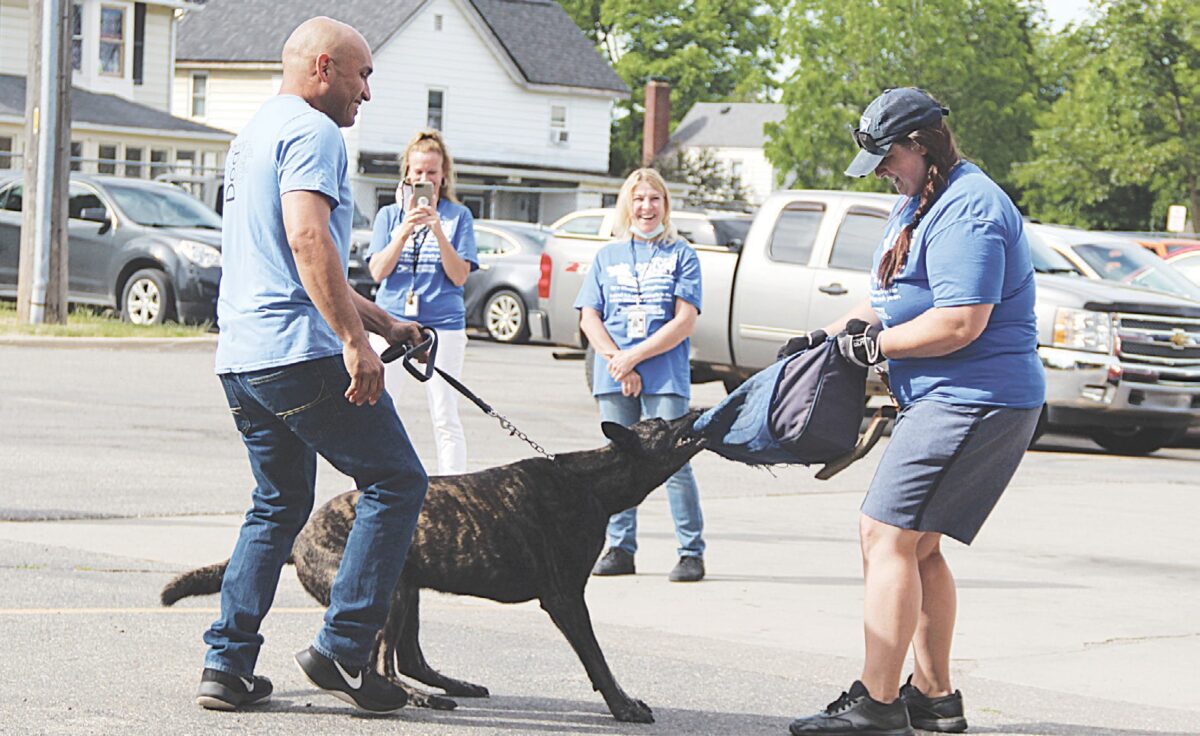Dog Bite Prevention Keeping You and Your Loved Ones Safe

Dog bites can be a serious and traumatic experience, but with the right knowledge and precautions, they are largely preventable. Whether you’re a dog owner or simply encounter dogs in your daily life, understanding how to prevent dog bites is essential for ensuring the safety of yourself, your family, and those around you.
Understanding Dog Behavior
- Recognizing Signs of Aggression: Dogs often exhibit warning signs before they bite. Growling, barking, snapping, and showing teeth are all indications that a dog may be feeling threatened or aggressive. Learning to recognize these signs can help you avoid potentially dangerous situations.
- Respecting Boundaries: Every dog has its own comfort zone and boundaries. Avoid approaching or petting unfamiliar dogs without first obtaining permission from the owner. Respect a dog’s personal space, especially if it appears nervous or fearful.
- Supervising Interactions: When children and dogs are together, close supervision is crucial. Teach children how to interact safely with dogs, including how to approach them calmly, avoid sudden movements, and never disturb a dog while it’s eating or sleeping.
Safety Tips for Dog Owners
- Socialization and Training: Proper socialization and training are essential for raising a well-behaved and obedient dog. Expose your dog to different people, animals, and environments from a young age to help them feel more comfortable and confident in various situations.
- Secure Enclosures: Ensure that your property is securely fenced to prevent your dog from escaping and potentially harming others. Supervise your dog when it’s outside and never leave it unattended in public areas.
- Regular Exercise and Mental Stimulation: Dogs need regular exercise and mental stimulation to prevent boredom and anxiety, which can lead to destructive behavior and aggression. Provide your dog with plenty of opportunities for physical activity and engage in interactive play and training sessions.
What to Do During a Dog Encounter
- Remain Calm: If you encounter an unfamiliar dog, remain calm and avoid making sudden movements or loud noises. Stand still and avoid making direct eye contact with the dog, as this can be perceived as a threat.
- Back Away Slowly: If a dog approaches you in a threatening manner, slowly back away while avoiding any sudden movements. Do not turn your back on the dog or run, as this may trigger a chase response.
- Use Protective Measures: If a dog becomes aggressive and attempts to bite, use whatever is available to protect yourself, such as a jacket, backpack, or umbrella. If knocked down, curl into a ball and protect your head and neck with your arms.
Seeking Medical Attention
If you or someone else is bitten by a dog, it’s important to seek medical attention immediately, even if the injury appears minor. Dog bites can transmit bacteria and cause infections, and prompt treatment can help prevent complications.
Conclusion
By understanding dog behavior, practicing responsible pet ownership, and knowing how to safely interact with dogs, you can significantly reduce the risk of dog bites and promote a safer environment for everyone. Remember, prevention is key when it comes to avoiding dog-related incidents.









